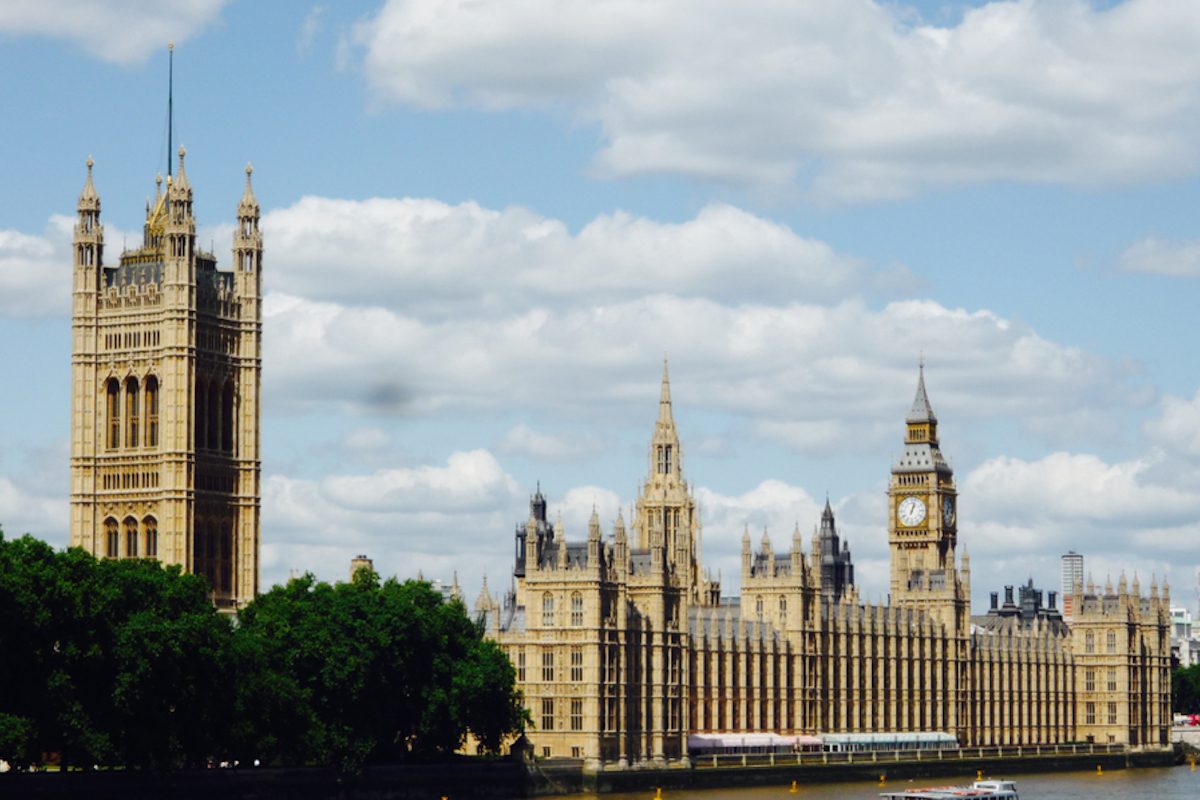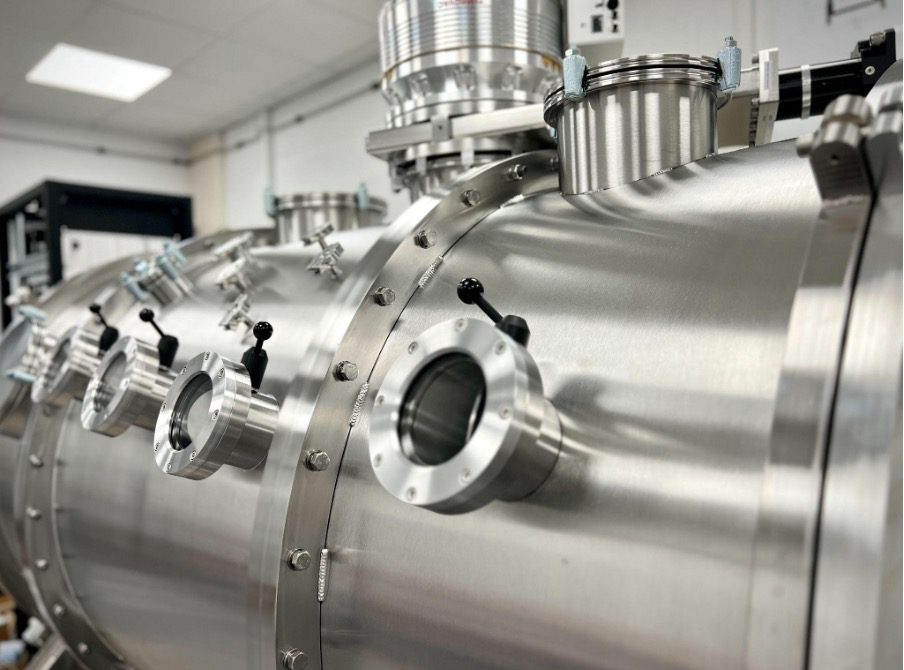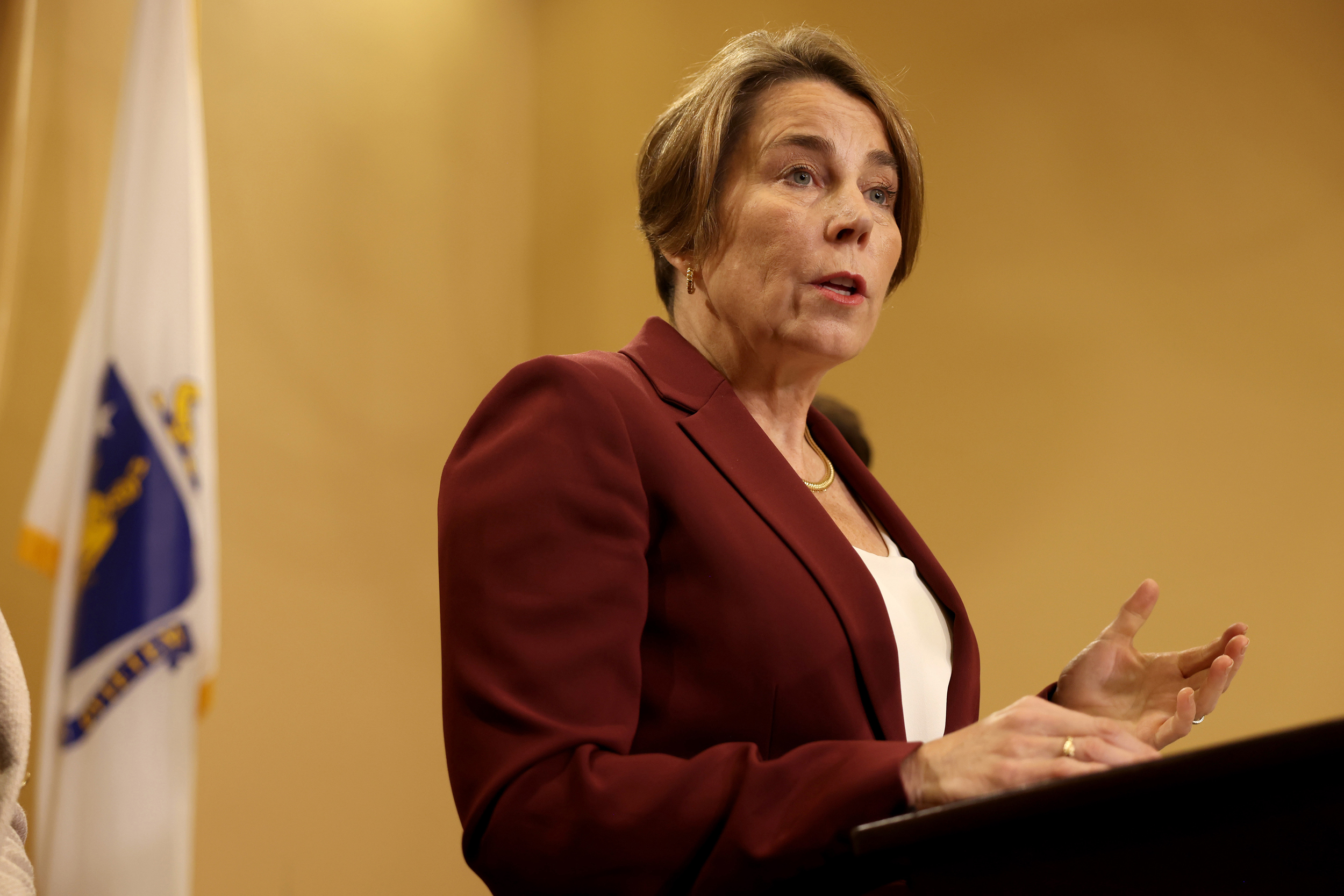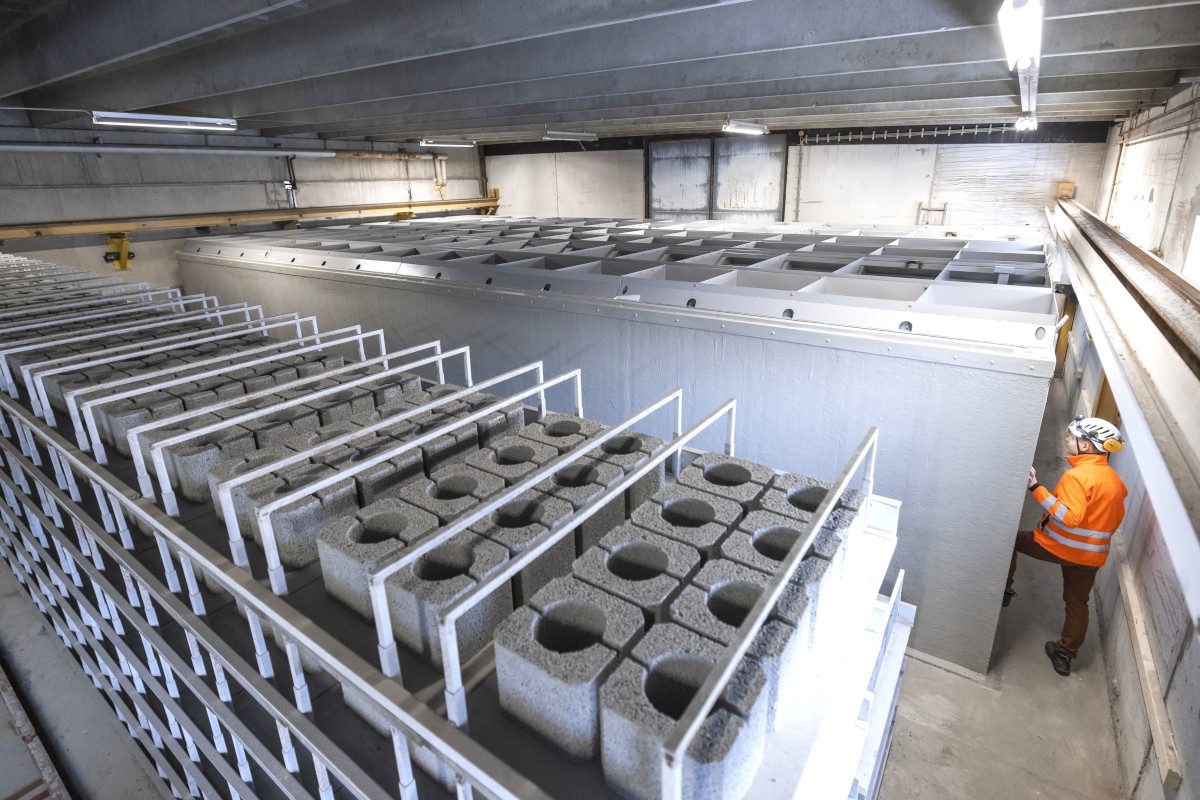
By Carbonaide, a Finnish company serving the concrete industry
As the climate continues to warm, so does the demand for technologies that can reduce CO2 emissions and/or efficiently remove CO2 from the atmosphere. Proposed solutions for sequestering CO2 are plentiful, but there are serious issues around how to verify the claims made by the promoters of these innovations. Accurately measuring the veracity of claims has become a key issue in the private sector’s Voluntary Carbon Market (VCM), which is increasingly emphasising the need to monitor, verify, and report the amount of CO2 that is actually captured and stored.
Carbonaide has a clear answer to this challenge – and it’s market-ready. Carbonaide’s technology utilises CO2 to produce a carbonate mineral. With support and cooperation from the measurement technology company Vaisala, Carbonaide’s solution is practical and straightforward, and underpinned by accurate monitoring.
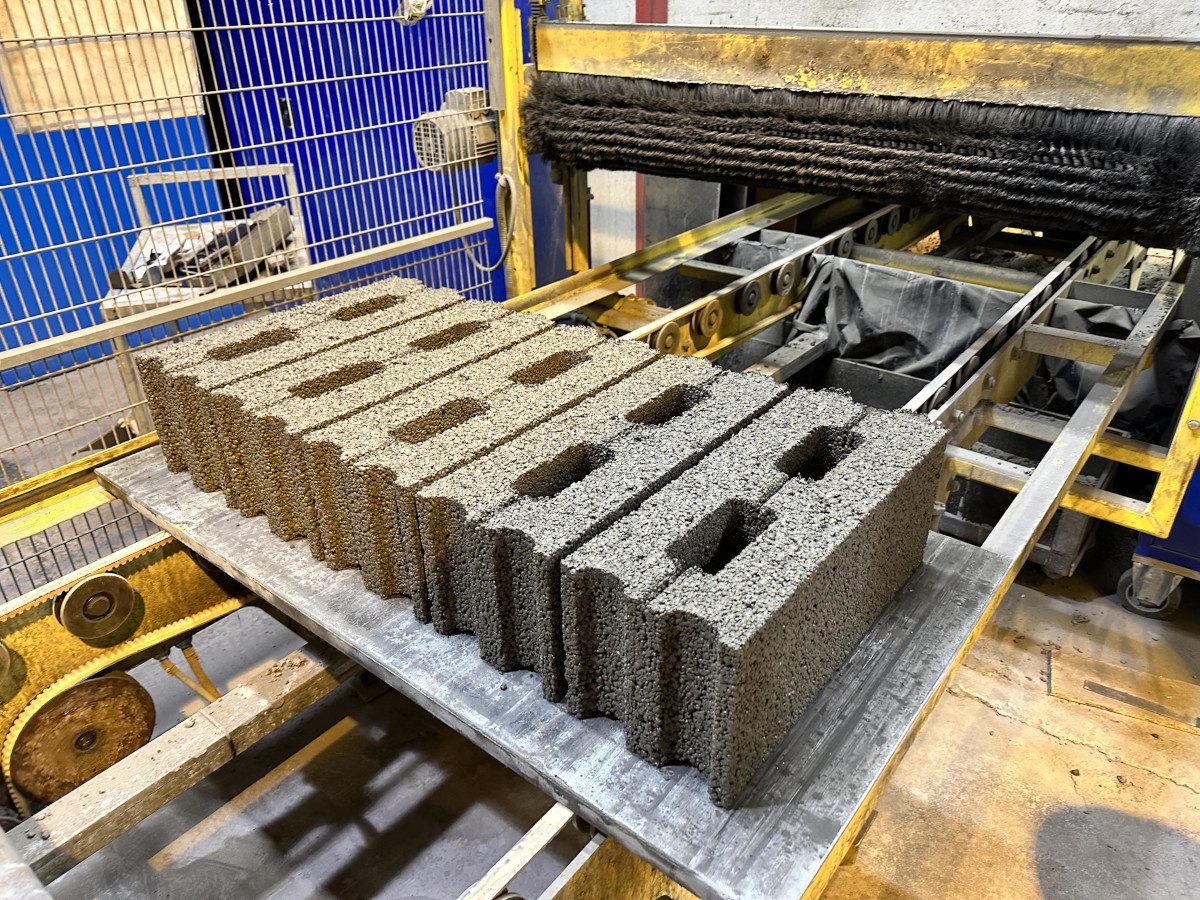
Big challenges call for smart solutions
Climate changing CO2 emissions come from many sources, but the concrete industry alone emits 8% of global CO2, mostly in the form of emissions from standard Portland cement manufacturing. As a major global contributor of greenhouse gas emissions, the concrete industry is under enormous pressure to lower its carbon footprint. A single ton of Portland cement creates an astounding 800–900 kilograms of CO2 emissions, and with regulations increasingly tightening around concrete production emissions, efficient technologies to reduce the CO2 emissions from concrete are in high demand. The challenges are several-fold: How to remove CO2? Where to store it? How to do this affordably? And – just as importantly – how to accurately measure performance?
Simply stated, Carbonaide’s expertise is in the transformation of concrete from a large emission source into a carbon storage sink. The company’s CEO is Tapio Vehmas, an analytical chemist by training with more than 20 years of experience in the concrete sector. He is one of the co-founders of Carbonaide, alongside COO Jonne Hirvonen. As Vehmas puts it, “Our goal is quite focused – to create a more sustainable future with cutting-edge tech that doesn’t just reduce the carbon emissions of concrete, but also stores more CO2 than it emits throughout its lifetime.”
Explaining the Carbonaide proposition, Vehmas says, “As experts in both carbon curing and sustainable carbon dioxide value chains, we offer an effective and robust decarbonisation technology for pre-cast concrete manufacturers. With our technology, a concrete manufacturer can reduce cement consumption in daily production and also decrease the carbon footprint of its products by mineralising CO2 into concrete.”
Carbonation is traditionally considered as a degradation mechanism of hardened concrete. In Carbonaide technology, carbonation is reversed into beneficial mineral formation during the concrete hardening process. Carbonate mineral formation enables the utilisation of CO2 as a supplementary cementitious material and provides permanent storage of gaseous CO2.
Carbonaide COO Jonne Hirvonen is eager to talk about the advantages of their production-ready innovation and the ways his team has benefitted from Vaisala’s advanced measurement tools. “Our unique advantage is that we accurately measure and control the carbon-curing process. Just as importantly, we have pushed our product to be as easy as possible to install and start using. The majority of our measurements are CO2 levels – and the quality of online measurement data is a top priority for us.”
Hirvonen continues, “Unlike many, our carbonation can be efficiently and accurately verified by process measurements, without the need to constantly sample the concrete products. One early challenge we faced was that CO2 is usually measured in either ppm levels or for workplace safety purposes – but our range requirement is very wide. For this reason, we needed new solutions that did not impose risks on the quality of our measurements. At this point it became clear that Vaisala could play an important role in our solution.”
Carbonaide’s initial requirements were quite simple. As they developed their process, they understood that significant measurement needs would arise, so they were eager to go with a partner who really understood this. Hirvonen is also keen to emphasise that partnering with Vaisala was not only useful in the initial development stages. “If your business is expected to grow, you should only work with partners that are able to help at both the early stages, and also later, during implementation on a larger scale.”
As Vaisala’s Product Manager Antti Viitanen states, “Sustainability is less about grand claims, and more about proven numbers. To make decarbonisation a reality, reliable measurement data is an absolute must.”
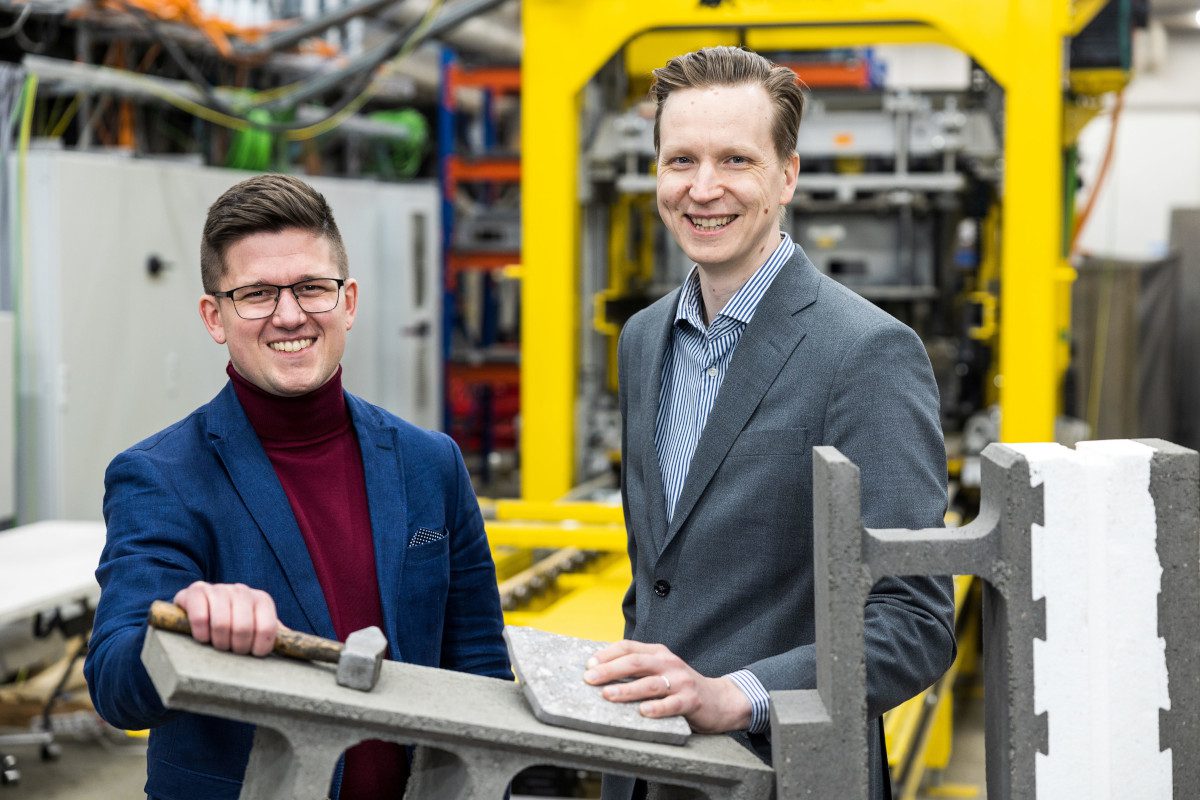

Decarbonising the future
Both Hirvonen and Vehmas believe that it’s not only their concrete manufacturing customers that demand accurate measurements and high quality – but also the entire construction sector. As Hirvonen puts it, “There is no option to do things clumsily. Our industry only accepts robust, credible solutions, because buildings have to last for decades.”
Regarding Carbonaide’s own plans for the future, Vehmas says, “Our goal is to sequester 500 megatons of carbon dioxide by 2050, and we don’t see any major obstacles preventing that from happening. We now have industrial scale processing capabilities, and there is a clear demand for our product. In fact, if the world’s entire cement production were to use our production process, 1.5 Gigatons of carbon dioxide could be captured. This is hugely significant because global energy-related CO2 emissions in 2022 were just over 36.8 Gigatons.”







